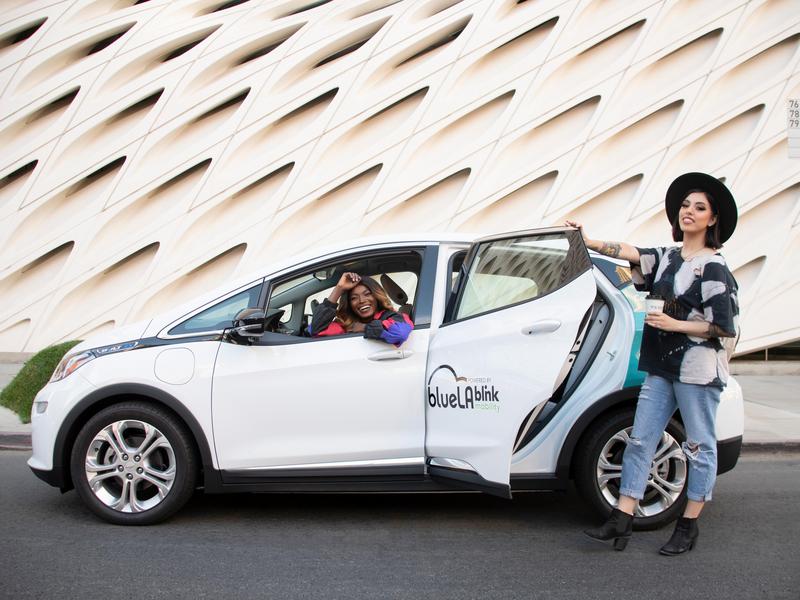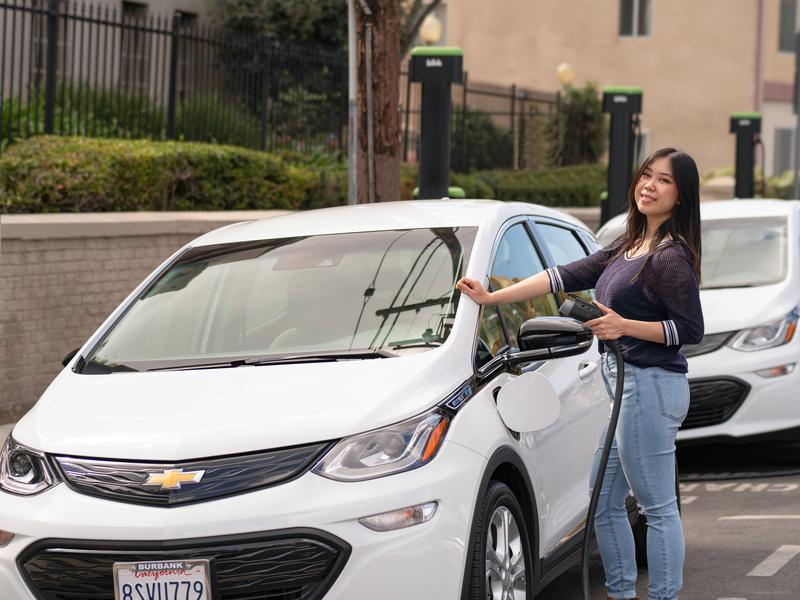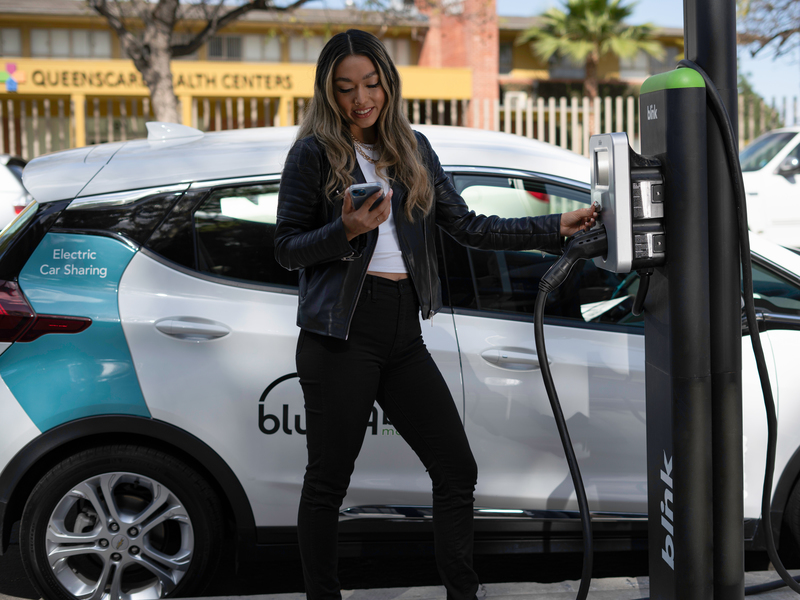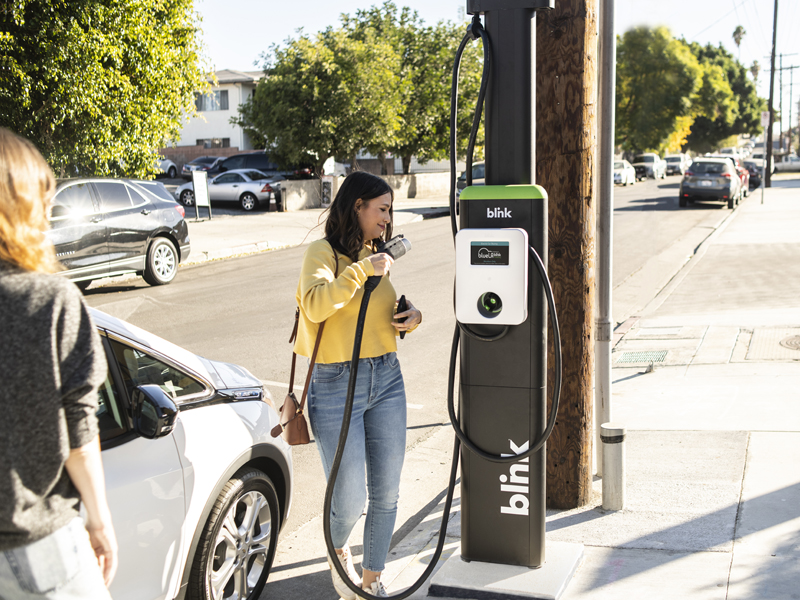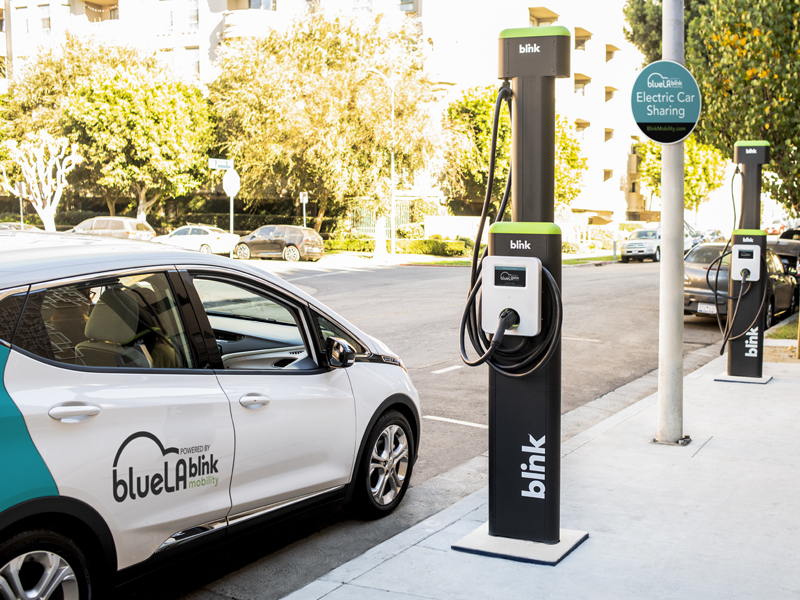Industry experts are seeking new allies as state governments and public utilities join the fight for a greener future and increase in electric vehicle sales. Currently, there are around 20,000 electric vehicle charging stations in the United States, 30% of them in California. Blink Charging has more than 5,000 charging stations and new opportunities and legislation have provided states with the chance to make a giant leap forward in developing electric vehicle infrastructure in the United States.
States Take the Initiative to Create a Greener Future
California, Oregon, and New Mexico have all passed legislation requiring utilities to invest in electric vehicle charging, while Michigan, New Jersey, and Illinois plan to follow suit. States which are installing more electric vehicle charging stations currently include California and New York, which consumers may expect, but states like Maine, Maryland, Florida, Michigan, and North Carolina are also taking the initiative to invest in the future. Eight states- Colorado, Nevada, Utah, Idaho, Montana, New Mexico, Wyoming, and Arizona—agreed to consolidate their resources to support putting more electric vehicles on the road.
300,000
EVs on the Road by 2025 is the Goal of Utility Companies in Maryland
Detailed Plans for an EV Boom
The California Public Utilities Commission pledged $738 million for electric vehicle charging stations to meet their clean air regulations by 2030 and keep California at the forefront of electric vehicle infrastructure. San Diego Gas and Electric is spending $137 million on its residential charging program and offering rebates for 60,000 customers who may want to invest in an electric vehicle charging station for their own home.
Unlike California, Maryland is not known for having a large number of charging stations already. Utility companies plan to install 5,000 charging stations as part of a goal to get 300,000 electric vehicles on the road by 2025. Currently the state has 10,000 EV drivers and only 1,200 charging stations, mostly around D.C. suburbs, making it essential for the state to make an effort to stay ahead of demand.
Other east coast states getting ahead of the curve include Maine. Efficiency Maine, the state’s environmental program, has hired ChargePoint Inc., a California company, to install charging stations along their turnpike from southern Maine to Quebec. The plan is to put two Level superfast charging stations, which can provide a 240-mile driving radius in only 30 minutes, and one Level Two charger, such as the fast Blink IQ200 AC charging station, every 50 or so miles, effectively removing consumer fear that they won’t be find a charging station when they need one.
North Carolina is authoring a bill in the General Assembly that would allow charging stations to re-sell kilowatts from utilities to consumers, creating fertile ground in the state for private investors. Public utilities are getting in on deal too, however. Duke energy also recently proposed a $76 million program in the state it describes “as the largest investment in electric vehicle infrastructure among utilities in the Southeast.” Duke also plans to install 530 new electric vehicle stations in Florida through 2019.
In an unexpected move for the home of Motor City, Michigan’s PowerMiDrive pilot program will utilize $10 million over 3 years to provide charging station infrastructure. The program will help those who don’t own their own home or their own garage, and will provide stations near apartment buildings, offices, public spaces, and highway corridors.
Many states, including unexpected ones, are hitting the accelerator to create a greener future for their residents. Providing more charging stations, particularly in public places, can help eliminate potential customer concern about lack of charging stations, and create infrastructure to support a boom in EV sales.
Recommend for You
Stay Informed
Join our mailing list for hot news and company updates.


